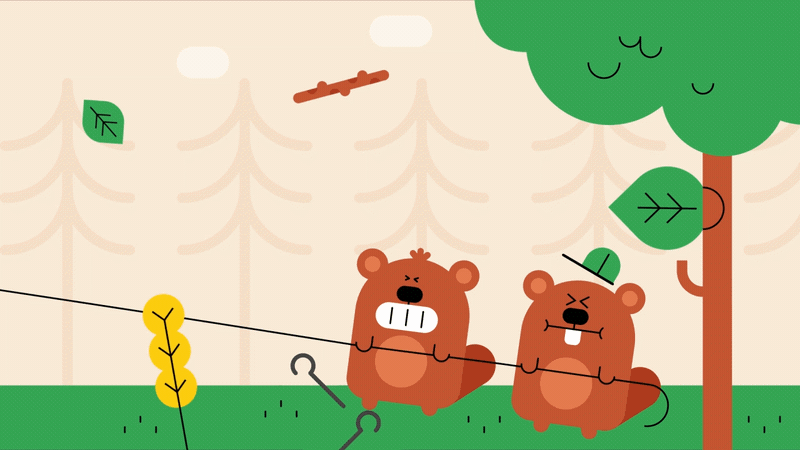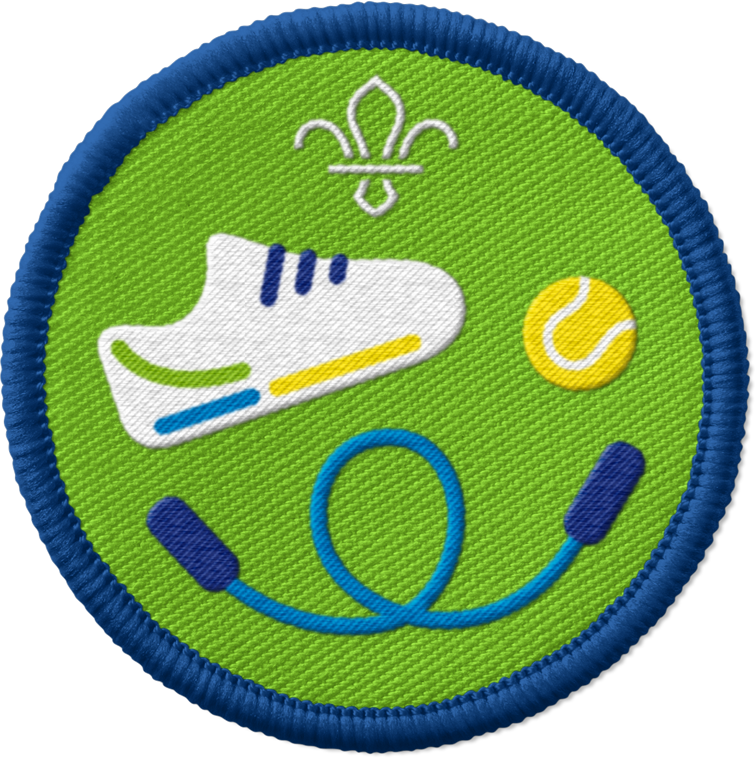
Play When The Wind Blows
You’ll need
- Chairs
Before you begin
- Use the safety checklist to help you plan and risk assess your activity. Additional help to carry out your risk assessment, including examples can be found here. Don’t forget to make sure all young people and adults involved in the activity know how to take part safely.
- Make sure you’ll have enough adult helpers. You may need some parents and carers to help if you’re short on helpers.
Story time
- Everyone should sit in a circle.
- Someone should read The Roaring Wind by Jess Connett.
- After reading the story, everyone should take some time to reflect on it as a group. We’ve included some questions to help you reflect in the pink box below.
Priya was holding on tight to her older sister Kavya as they walked up the mountain. Amma and appa had parked the car at the bottom of the mountain and helped them all lace their boots up tight.
They could see the path snaking its way up into the grey clouds. The little blobs along it were people wearing brightly coloured coats.
The path was muddy sometimes and stony sometimes, but always it went up and up and up.
When it wasn’t too steep they could talk and sing songs as they went higher and higher. Sometimes they needed to stop and get their breath back.
“Amma, are we going to the top of the world?” Priya asked.
Her mother laughed. “No, just to the top of this mountain. There are mountains in other countries that are much bigger than this one. I hope the clouds will part so we can get a really good view.”
The family kept walking together. Now they were inside the grey cloud! Priya could see amma and appa just ahead, but the path behind had disappeared into whiteness.
“Priya, Kavya, can you see that pile of stones?” appa asked. Priya looked at where her father was pointing. “It’s called a cairn. It means we’ve reached the top of the mountain!”
Priya started to run the final part of the path to the cairn. She was really excited to have got to the top!
But before she reached it, she felt something strange. The air was suddenly blowing hard towards her. It was an invisible force, pushing her and making her hair whip around. It took her breath away.
She ran back to appa and hid behind him to escape from the roaring and rushing.
“What is that?” she shouted.
Amma guided the family over to the cairn. They crouched down behind the pile of stones where it was sheltered and quiet.
“It’s the wind, Priya,” amma said. “The wind is an important part of our weather on Earth. It helps blow seeds and birds to the places they want to call home.
“Sometimes you barely feel the wind but other times it can be very strong, especially up here on the top of the mountain where there is nothing to stop it.”
“Look!” said Kavya. A little bit of the green land and the blue sky had appeared. Now they could see how high up they were. The wind was blowing away the clouds.
By Jess Connett
Setting up the game
- After you've read the story, set chairs out in a circle. The chairs should face the middle of the circle, and you’ll need one chair for each player.
Play the game
- Everyone should sit on a chair in the circle.
- The person leading the game should say ‘When the wind blows, move if…’ and add something that’s true for some people in the group.
- For example, you could finish the sentence by saying ‘you have a pet’ or ‘you like eating ice cream’.
- Everyone should think about the statement. If it’s true for them, they should stand up and move to another chair. They can’t move to a chair directly next to the one they were in. If the statement isn’t true for them, they should stay where they are. The people who aren’t moving could make noises that sound like the wind as other people move.
- Now say another statement, and people should move chairs if it’s true for them.
- When everyone understands the game, it’s time to make it tricky. This time say a statement, then, once some people have stood up, take a chair out of the circle. Only remove a chair if enough people are moving – it doesn’t work to remove a chair if only one or two people stand up!
- The person left without a chair should join the person leading the game. They should help them to come up with statements and take chairs away.
- Everyone should keep playing until they run out of time or there are only two people left.
Reflection
This activity gave everyone the chance to be active as part of a fun game. People also had the chance to learn more about others in their group and develop closer friendships.
The Roaring Wind
- What does the wind sound like? What does it feel like? People could create a similar feeling by blowing on their arms.
- What fun things can the wind help us to do? People might suggest flying kites and sailing boats, like in the story.
Play the game
- How did people have to move in this game? People could think about being fast and changing direction quickly. They also had to think about where other people were going as they moved.
- Did people learn anything new about each other? Do they want to find out even more? For example, if someone moved because they had a pet, you could ask them what their pet is called.
- Why is it nice to learn things about your friends and what they enjoy?
Safety
All activities must be safely managed. You must complete a thorough risk assessment and take appropriate steps to reduce risk. Use the safety checklist to help you plan and risk assess your activity. Always get approval for the activity, and have suitable supervision and an InTouch process.
- Active games
The game area should be free of hazards. Explain the rules of the game clearly and have a clear way to communicate that the game must stop when needed. Take a look at our guidance on running active games safely.
It’s up to you when you start taking chairs away – and whether you do it at all. You don’t have to make it competitive. You could also take more than one chair away at once.
You don’t have to play with chairs. You could make spots on the floor (for example, with masking tape or chalk) for people to move between if that would work better for some people.
All Scout activities should be inclusive and accessible.
Young people can help (or even take over) thinking of the statements and removing the chairs.
